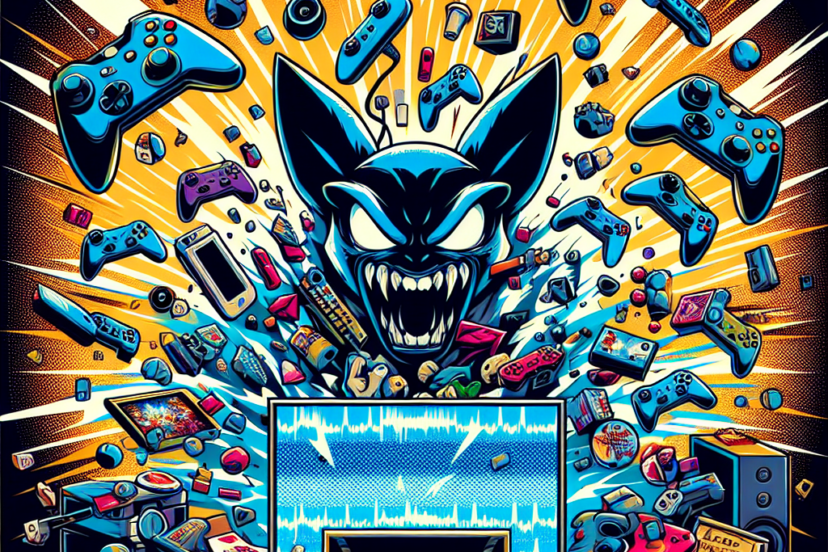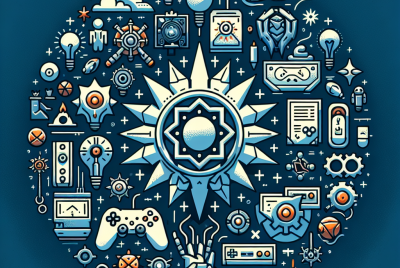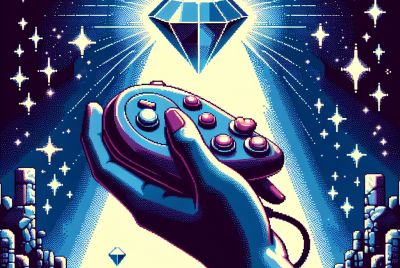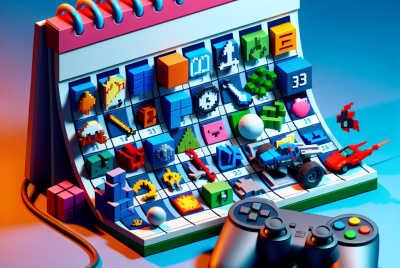Timeless Classics: Retro Games That Still Entertain
Understanding the Allure of Retro Games
The Nostalgic Charm
Retro games are often viewed through a lens of nostalgia. For many gamers, these titles represent not just a pastime but an era filled with memories, friendships, and moments of triumph. The simplicity of 8-bit graphics and soundtracks, despite their limitations, evoke a profound sense of connection to a time when gaming was a novel experience.
Accessibility and Affordability
Another aspect of retro games that contributes to their ongoing popularity is accessibility. With the rise of emulators and digital stores, classic games are often available for a fraction of the original price. Sometimes, you can even find them for free! This affordability makes them appealing to both new players and seasoned veterans looking to relive those cherished gaming sessions from their youth.
Top Retro Games That Still Stand the Test of Time
Pac-Man
The Iconic Maze Chaser
Sinclair’s Pac-Man, originally released in 1980, remains one of the most recognizable games in history. The premise is straightforward: navigate a maze, eat pellets, avoid ghosts, and strive for the highest score. The game mechanics are simple yet engaging, and that mix of strategy and quick reflexes keeps players glued to their screens.
The Cultural Phenomenon
Beyond the gameplay, Pac-Man carved a niche in popular culture. It inspired merchandise, cartoons, and even a song! The character itself has become an icon, symbolizing the golden age of arcade gaming. Players often find comfort in its familiarity, making it a timeless classic.
Tetris
The Puzzle That Never Ends
Tetris first hit the gaming scene in 1984. The simplicity of its mechanics—a falling block puzzle—coupled with perfect timing and strategy creates a deceptively challenging experience. Many players find themselves addicted to the rhythm of aligning pieces, and the satisfaction of clearing rows brings an inexplicable joy.
A Game for All Generations
Tetris transcends age barriers. Children, parents, and even grandparents can gather around to enjoy the challenge, making it a bonding experience. Its timelessness is further emphasized by its frequent adaptations across various gaming platforms, ensuring its continued relevance.
Super Mario Bros.
The Birth of Super Mario
When Super Mario Bros. was released in 1985, it laid the groundwork for platformers. Players control Mario as he navigates the Mushroom Kingdom, facing obstacles, collecting coins, and rescuing Princess Peach. The level design is masterful; each stage introduces new challenges, providing a perfect balance of difficulty and reward.
Cultural Impact
Beyond gameplay, Super Mario Bros. shaped the gaming industry. Mario became a flagship character for Nintendo, and his adventures spawned countless sequels, spin-offs, and merchandise. The brand remains culturally relevant even decades later, drawing in new fans with each generation.
The Legend of Zelda
A Pioneering Adventure
Released in 1986, The Legend of Zelda marked a significant shift in game design. It introduced an open world filled with exploration, puzzles, and adventure, setting a new standard for role-playing games. Players navigate the land of Hyrule, solving a variety of challenges to save Princess Zelda.
Longevity Through Innovation
What keeps The Legend of Zelda fresh is its ability to evolve. While the original game’s 8-bit graphics may seem dated, the core elements of exploration and storytelling resonate even today. Successive titles have expanded the lore, mechanics, and overall appeal, ensuring that both new and old fans enjoy the rich experience.
Donkey Kong
The Original Platformer
Donkey Kong debuted in 1981 and is credited with introducing various gaming tropes, including the first appearance of Mario, who was originally known as Jumpman. Players navigate platforms to rescue a damsel in distress, overcoming obstacles and enemies along the way.
Why It Remains Relevant
The game’s iconic level design and challenging gameplay keep it engaging for players today. Its influence can be observed in countless modern platformers, serving as a foundation for developing complex narratives and gameplay mechanics.
Street Fighter II
The Fighting Game Revolution
Released in 1991, Street Fighter II redefined the fighting game genre. Players select a character, each with unique moves and fighting styles, engaging in one-on-one matches. The competitive nature of the game fostered a community, leading to tournaments that still exist.
A Compelling Competitive Experience
Street Fighter II’s intuitive controls combined with complex strategies make it appealing to both casual and competitive players. The rich character roster allows for endless matchups, ensuring that each encounter feels fresh and exciting.
Final Fantasy VI
The RPG Masterpiece
As one of the most beloved titles in the Final Fantasy series, Final Fantasy VI (released in 1994) showcases an intricate story and deep character development. Players are immersed in a rich narrative filled with political intrigue, war, and personal struggles.
Why Players Keep Coming Back
Despite being nearly three decades old, the game’s emotional depth and cinematic storytelling resonate with players. The combination of engaging gameplay mechanics and memorable characters ensures that it remains a classic in the RPG genre.
Reviving Retro Games in a Modern World
Modern Platforms and Remakes
Many classic games have found new life through remakes and adaptations. Titles that players cherished decades ago are being revitalized for current consoles, often introducing quality-of-life improvements while maintaining the core experience that made them popular.
Remastered Experiences
Games like The Legend of Zelda: Link’s Awakening and Final Fantasy VII Remake showcase how remastered graphics and improved gameplay mechanics can breathe new life into cherished titles. These remakes allow a new generation to experience classics in a modern context, while also bringing back nostalgia for long-time fans.
Emulators and Indie Developments
The rise of emulators has made it possible to play retro games on various devices. Many indie developers are now creating “retro-style” games that evoke the aesthetic and gameplay of beloved classics. These new entries often pay homage to the originals while experimenting with innovative mechanics.
Rediscovering the Classics
Platforms like Steam, Xbox, and Nintendo’s Virtual Console exhibit a robust catalog of retro games, making them incredibly accessible. The revival of pixel art styles and simple gameplay mechanics in indie games highlights how the past continues to inspire modern creators, fostering a sense of connection to gaming history.
Community and Shared Experiences
Local Multiplayer and Co-op Gaming
One of the joys of retro games is the ability to bring people together. Local multiplayer experiences can lead to unforgettable moments filled with laughter and competition. Titles like Mario Kart and Super Smash Bros. foster camaraderie, inviting friends and family to join in on the fun.
The Social Aspect
Gathering around a console or a retro arcade cabinet offers a unique social experience that online gaming can’t replicate. The shared excitement and friendly rivalries enhance the enjoyment of gameplay. Retro games often serve as conversation starters or reminders of simpler times, fostering bonds among players.
Speedrunning and Competitive Communities
The rise of speedrunning—completing games in the shortest time possible—has breathed new life into many retro titles. This competitive aspect showcases the dedication of the gaming community, who often gather to celebrate their shared passion for classic games.
Sharing Knowledge and Skill
Speedrunning communities often share tips, tricks, and strategies, contributing to a culture of support and camaraderie. Online platforms like Twitch have allowed players to showcase their skills while drawing in new fans, proving that even decades-old games can continue to generate exciting possibilities.
Conclusion: The Undying Appeal of Retro Games
Retro games epitomize timeless entertainment. Their blend of nostalgia, accessibility, and engaging gameplay ensures they remain relevant in today’s gaming landscape. Whether you are revisiting checkered pasts or discovering gems for the first time, these classics will always hold a valuable place in gaming history.




